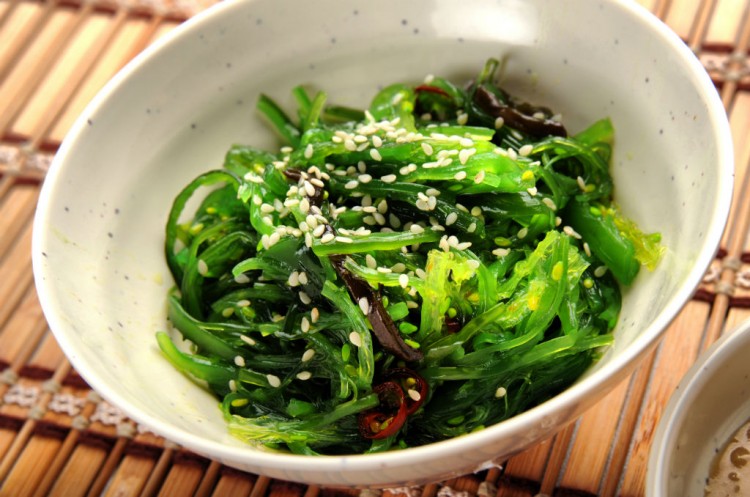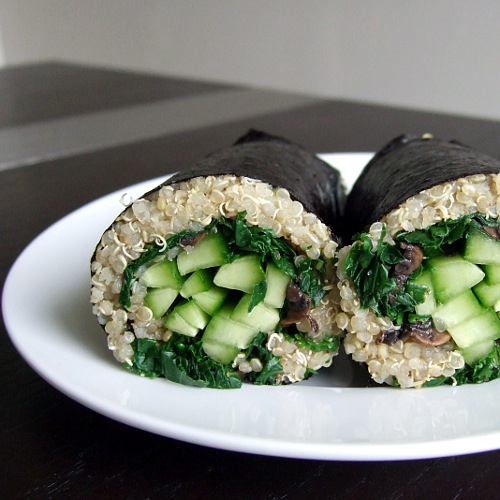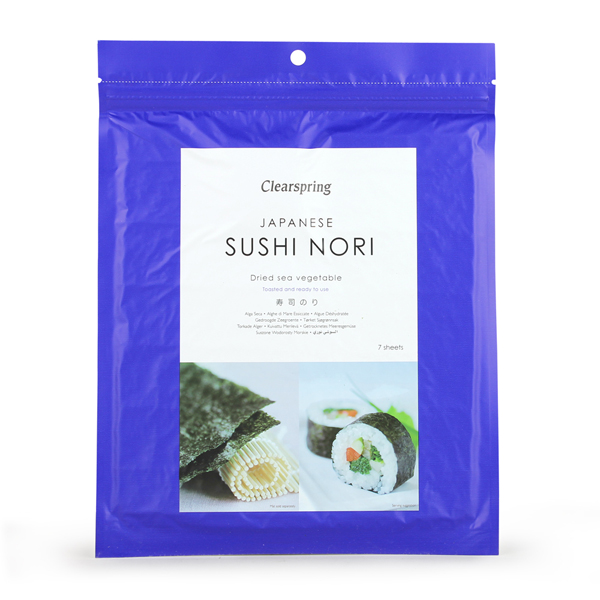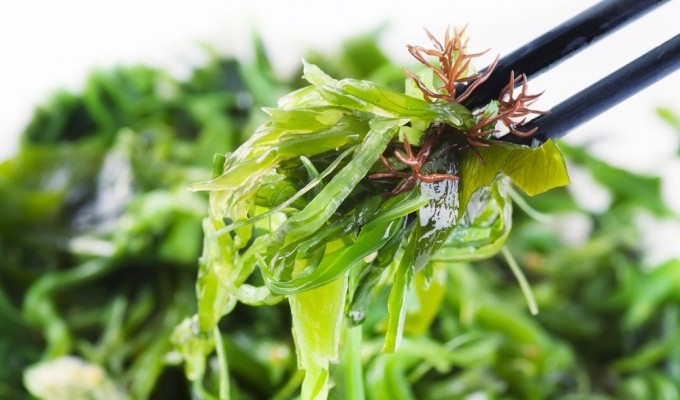
The typical Western diet doesn’t incorporate an awful lot of sea veggies, with sushi and Asian-style restaurants probably the only available options when eating out. Plenty of good supermarkets do sell sushi-making kits, but I can’t imagine people going to the effort to create sushi more than just occasionally!
Sea vegetables are an incredible type of food to support your health and beauty goals, and they’re easy to integrate into your normal diet. They offer one of the widest ranges of minerals of any type of food to support healthy skin and hair, and many of those nutrients are also found in your blood.
They’re a superb source of bioavailable iron, with one tablespoon of dried sea veggies containing almost a third of the recommended daily allowance of 10mg for adults. Vitamin C is needed for the proper absorption of iron, and sea vegetables boast an impressive level of vitamin C, as well as vitamins A, B2, B3, B6 and E.
All of these are needed to maintain a youthful complexion, plenty of energy, a strong immune system and even a positive mindset.
They’re also highly rich in antioxidants, protein, calcium, zinc, copper, potassium, manganese and magnesium.
Boost Your Metabolism With Sea Veggies:
Magnesium is known as nature’s relaxant, as it helps to calm your whole system and release tension in your muscles.
Though one of the main reasons that I eat sea vegetables like nori, kelp, kombu, dulse and wakame, is for their iodine content.
This is an essential mineral for your thyroid health, which is responsible for controlling your entire metabolism. The thyroid hormone thyroxine, is formed from iodine and the amino acid tyrosine. Without plentiful supplies of thyroxine, your thyroid can begin to dysfunction, which makes you prone to weight gain, dry skin, fatigue, irritability and feeling constantly cold.
While regular table salt generally has added iodine, I prefer to avoid refined salt and salty foods, and instead get all the iodine I need for a healthy metabolism from sea veggies, which also add a subtle saltiness to foods.
If you suspect that you may have a sluggish (or overactive thyroid), I would suggest you book a blood test with your GP, who will be able to advise you on the best treatment for you.

Nori wraps used to make sushi can be eaten as they are from the packet, and I often pile hummus, quinoa, vegetables, avocado and greens into them to make wraps for a quick and nourishing meal.
Another great way to eat more is to keep a container of kelp flakes on the dinner table and use them in the place of salt. Salads, soups and miso soup also taste great with them. But other types of sea veggies will come dried, and they’ll need to be soaked to soften for a short time and then rinsed. Best to check specific instructions on the packet. 😉
I pick up sheets of nori in the ethnic food section of my local supermarket, so they’re really easy to find and most health food stores will also stock a selection of sea veggies.


